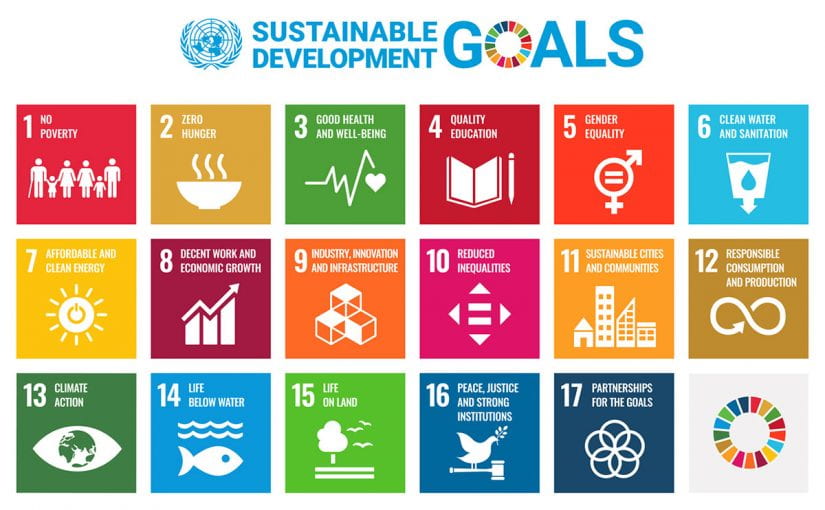With Teambuilding Adventures
McKinsey & Company recently released a report “The new normal arrives: Trends that will define 2021—and beyond.”
In it, they predict “2021 will be the year of transition. Barring any unexpected catastrophes, individuals, businesses, and society can start to look forward to shaping their futures rather than just grinding through the present.
The report also points the way to a transformation of office life with remote work continuing for a significant segment of workers.
That will make teambuilding even more important. If employees aren’t encountering each other in their offices, hallways and face to face meetings, how can a manager or supervisor ensure teams coalesce into collaborative and performing units.
Teambuilding adventures, that’s how.
A teambuilding adventure is a great way to network, socialize and get to know each other better. An adventure can also be a celebration of achievement or a boost to an upcoming initiative. Depending on the adventure, it can also help foster an environment of creativity and innovation.
And Wisconsin – with its four seasons of inspiration – is the perfect place in which to play and connect with co-workers.
The communities around Lake Michigan in particular offer a number of exhilarating or uplifting options for your next employee outing!
Sheboygan
Blackhawk Shooting – a modern indoor shooting range; open year round
Harbor Point Mini Golf – beautifully landscaped, fun-filled outdoor nautical themed 18 hole mini golf course; seasonal
Road America – the 640-acre, park-like grounds offer amazing viewing opportunities, fantastic concessions and high-speed excitement to thousands of spectators each year; seasonal
Longhouse Axe Bar – Sheboygan’s Viking handcrafted axe throwing experience; open year round
Manitowoc/Two Rivers
Strand Adventure – an indoor activity complex where a variety of adventures await all ages; open year round
Tapped on the Lakeshore – over 20 beers on tap, axe throwing, corn hole and more games; open year round
What the Lock – a physical adventure game where participants are placed into a room and have to use teamwork along with elements of the room to solve a series of puzzles, find clues, and escape the room within a set time limit; open year round
Glaze & Paint
– ceramic painting studio; open year round
Green Bay
Green Bay Axe – axe-throwing experience with adjoining escape room; open year round
Board & Brush – DIY wood sign workshop; open year round
Green Bay Ghost Tours – must-experience tours for ghost story enthusiasts and history buffs; seasonal
National Railroad Museum – relive years of railroad history and take a fun, educational train ride during your visit
Door County
Hands On Art Studio – a do-it-yourself Door County Destination, offering a free-wheeling art experience; seasonal
DC Adventure Center – offering professional programming designed to facilitate adventure, enhance teams, develop leadership, and create lasting memories; seasonal
Door County Trolley Tours – experience VIP treatment aboard one of 16 uniquely themed trolley tours – best charter in Door County; seasonal
Door County Kayak Tours – experience the natural beauty of Lake Michigan and the Door Peninsula with a memorable tour or rental on the water; seasonal
Scenic Cruises & Charters – Door County’s original and oldest sightseeing cruises; seasonal
Marinette
River Rafting – providing some of the most thrilling and challenging rafting in the entire Midwest; seasonal
Sno-Haven Pottery – celebrate creativity in pottery, jewelry, drawing and painting; open year round
Laughter Yoga Yooper – combineing laughter exercises with yoga breathing; open year round
*
LEARN MORE ABOUT WISCONSIN TOURISM
UW-Green Bay and the Wisconsin Department of Tourism are collaborating to revitalize travel in Northeast Wisconsin by hosting a virtual Tourism Summit on Thursday, April 22, from 9 a.m.-12 p.m. Tourism is an integral part of the Wisconsin economy. The pandemic created challenges and disruption for the many businesses and workers that make up this multibillion-dollar industry.
The Tourism Summit is tailored for any business or frontline worker associated with tourism in Wisconsin, including restaurants, hotels, golf courses, other recreation and attractions, communities and more. The Tourism Summit is hosted by UW-Green Bay’s Division of Continuing Education and Community Engagement.
Learn more about the Tourism Summit by visiting www.uwgb.edu/tourism-summit or by contacting Melissa Betke, Program Specialist at mailto:betkem@uwgb.edu and 920-663-7337.
*
RESOURCES:
McKinsey & Company. “The new normal arrives: Trends that will define 2021—and beyond.”




